-
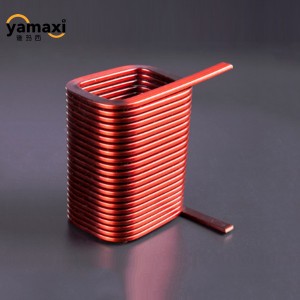
Air Core Coil with Insulating Film Cladding
The air core coil is composed of two parts, namely the air core and coil. When we see the name, it is naturally to be understood that there is nothing in the center. Coils are wires that are wound circle by circle, and the wires are insulated from each other.
-

Flat Vertical Winding Motor Coil
Flat coils are currently mainly used in some high demanding situations, such as flat micro-motors.
-

Power Factor Correction (PFC) Inductor
“PFC” is the abbreviation of “Power Factor Correction”, refers to the adjustment via circuit structure, generally improving the power factor in the circuit, reducing reactive power in the circuit, and improving the effectiveness of power conversion. Simply put, using PFC circuits can save more power. PFC circuits are used for power modules in power products or electronic devices.
-

Boost Inductor (Boosting Voltage Converter)
Boost inductor is an electronic component whose main function is to increase the input voltage to the desired output voltage. It is composed of a coil and a magnetic core. When current passes through the coil, the magnetic core generates a magnetic field, which causes a change in the current in the inductor, thereby generating voltage.
-
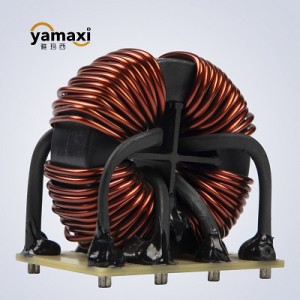
Common Mode Inductor or Choke
If a pair of coils in the same direction are wound around a magnetic ring made out of a certain magnetic material, when alternating current passes through, magnetic flux is generated in the coil due to electromagnetic induction.
-

Buck Inductor (Step-down Voltage Converter)
1. Good dynamic characteristics. Because the internal inductance is small, the electromagnetic inertia is small, and the response speed is fast (the switching speed is on the order of 10ms). It can meet the short-circuit current growth rate when used for flat characteristic power supply, and it is not easy to produce excessive short-circuit current impact when used for down characteristic power supply. The output reactor is not only used for filtering. It also has the function of improving dynamic characteristics.
-
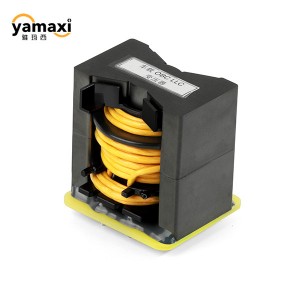
LLC (two inductors and one capacitor topology) Transformer
With the progress of science and technology and the development of electronic technology, more and more electronic devices require the use of transformer components. LLC (resonant) transformers, with their ability to simultaneously operate without load and reflect the light or heavy load with the resonant channel current, embody the advantages that ordinary series resonant transformers and parallel resonant transformers cannot compare, therefore, they have been widely used.
-
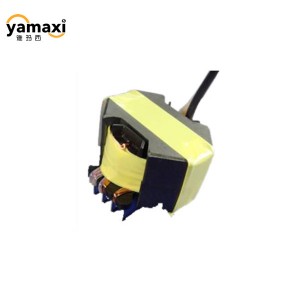
Flyback Transformer (Buck-boost converter)
Flyback transformers are highly favored by development engineers due to their simple circuit structure and low cost.
-
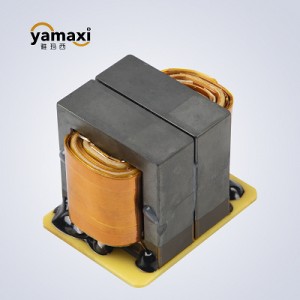
Phase-shift Full Bridge Transformer
The phase-shifting full bridge transformer adopts two groups of full bridge converters constructed by four quadrant power switches to carry out high-frequency modulation and demodulation for the input power frequency voltage, and uses high-frequency transformers to achieve the electrical isolation.
-

DC (Direct Current) Convert to DC Transformer
A DC/DC transformer is a component or device that converts DC (direct current) to DC, specifically referring to a component that utilizes DC to convert from one voltage level to another voltage level.











